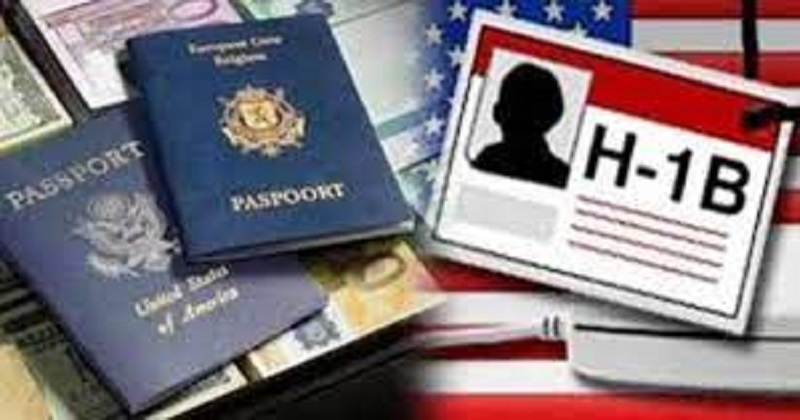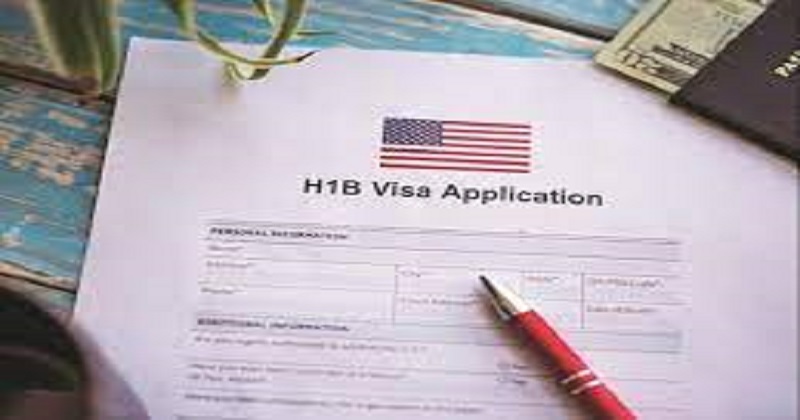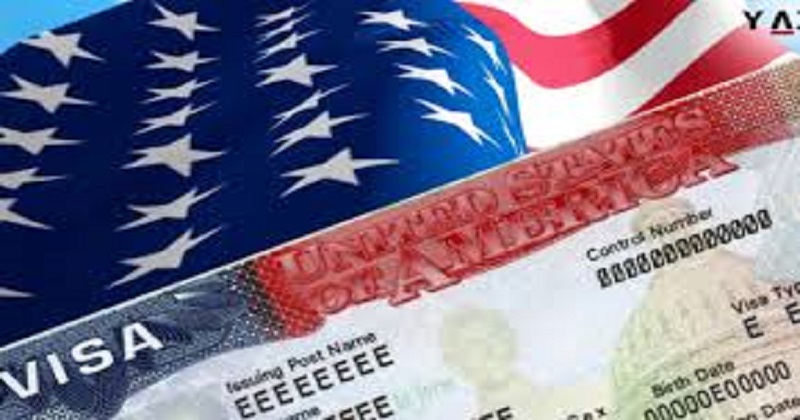
Following Prime Minister Narendra Modi’s interaction with US President Joe Biden at the White House, questions remain regarding whether and how the US will alter its H-1B policy. It is widely used by Indian professionals in the US as a pathway to permanent residency. While waiting periods for the employment-based green card can last decades, Cato estimates that Indian nationals in the EB-2 category alone (for those with advanced degrees) would have to wait about 151 years.
Modi expressed concern about the issue of Indian professionals being allowed to work in the United States. As part of that context, Foreign Secretary Harsh Shringla told reporters at a news conference on Friday that he mentioned the H-1B visa. As Prime Minister Modi stated, his first bilateral meeting with US President Joe Biden in the Oval Office was ‘outstanding’ and the Indo-US relationship is destined to grow stronger and closer. H-1B (H-1B non-immigrant) visas are most widely sought after by U.S. companies looking to hire foreign workers in technical or theoretically demanding jobs. Each year, technology companies hire tens of thousands of employees from countries like India and China thanks to it. Around 70% of the approximately 80,000 H-1B visas issued each year go to Indian nationals, according to 2017 data cited by a US official.

According to Shringla, the return of these contributions in the United States impacts the opportunities for Indians to be employed there. As stated in a White House press release, the United States has granted a record 62,000 visas to Indian students in 2021. In the US, about 200,000 Indian students earn $7.7 billion annually. The country-cap on H-1B visas is a common obstacle for Indians seeking to immigrate to the US: Indians may only be granted 65,000 visas per year (with an additional 20,000 visas for those with higher education in the US).
The data from the United States Citizenship and Immigration Services from 2020 indicates that there are still several rights missing for over 580,000 H-1B holders in the US: Their spouses (if under H-4 visas) cannot work in the US. The H-1B visa does not allow H-1B holders to vote in US elections (by contrast, Indian and Commonwealth citizens on any visa in the UK can vote in UK elections). The visas are only valid for three months after which the extension is necessary (the entire visa must be renewed).

Senators recently tried to allow some H-1B workers (Dreamers, Temporary Protected Status, and Deferred Enforced Departure Recipients) an easier path to permanent residency, but the Senate Parliamentarian blocked their request. The US Chamber of Commerce has requested to double the yearly employment-based visa cap to 2,80,000 per year. Some rules from the Trump era have also been struck down or allowed to expire. Another recently-dismissed rule that proposed getting rid of the H-1b lottery system in favor of wage-based selection was also struck down by a federal judge during the initial Donald Trump administration. Prior to that, the Biden administration allowed a Trump-era ban on issuing new H-1B visas to expire.
Read more: Do you suffer from acid reflux? If so, here are a few foods and lifestyle tips you can try
Trump called the H-1B visa program a ‘cheap labor program’. The H-1B visa is not supported by all Indians. In February, a group representing Indian-Americans requested that the Biden administration not issue any more H-1B visas to Indian-born applicants until the ‘discriminatory per country limits’ on green cards are removed. A group called Immigration Voice argues the only people benefiting from the current system are ‘unscrupulous employers’ and the H-1B visa system only adds to the backlog for those awaiting green cards.

Post Your Comments